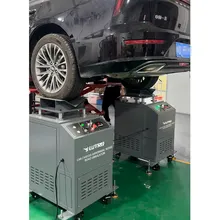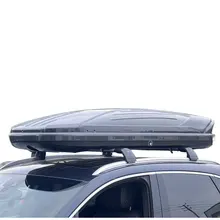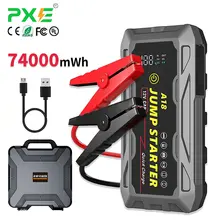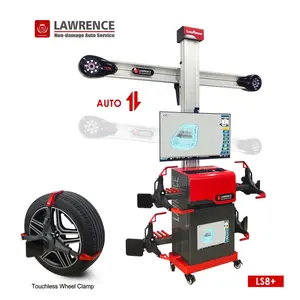Introduction to Wheel Alignment Equipment
Wheel alignment is a crucial aspect of vehicle maintenance, ensuring safety, performance, and longevity of tires. Among the various solutions available, Bosch wheel alignment equipment stands out for its precision and advanced technology. This category encompasses a range of tools and systems designed to align wheels to the manufacturer's specifications.
Types of Wheel Alignment Systems
There are several types of alignment systems, including CCD (Charge-Coupled Device) and 3D aligners. CCD aligners use sensors, while 3D wheel alignment machines employ cameras to gauge the wheel angles. Bosch's solutions often integrate robust software to assist technicians in achieving accurate alignments.
Features of Bosch Alignment Equipment
The features of Bosch wheel alignment equipment include user-friendly interfaces, comprehensive vehicle data, and Bluetooth connectivity for wireless communication. These systems are designed to provide repeatable and accurate measurements, which are essential for proper wheel alignment.
Applications and Advantages
Appropriate for both small workshops and large service centers, this equipment is versatile. The advantages of using precise alignment systems like Bosch's include improved fuel efficiency, reduced tire wear, and enhanced handling. Such equipment is essential for maintaining the alignment of a variety of vehicles, from passenger cars to commercial trucks.
Materials and Durability
Constructed with durable materials, Bosch alignment machines are built to withstand the rigors of a busy automotive workshop. The resilience of these systems ensures they remain reliable over time, providing long-term alignment solutions for businesses.
Choosing the Right Equipment
Selecting the right wheel alignment equipment involves considering the types of vehicles serviced and the volume of work. Bosch offers a range of alignment systems, from basic models for occasional use to advanced systems for high-volume shops. It's important to assess features such as data management, ease of use, and adaptability to different vehicle sizes when choosing the appropriate system.

































 浙公网安备 33010002000092号
浙公网安备 33010002000092号 浙B2-20120091-4
浙B2-20120091-4